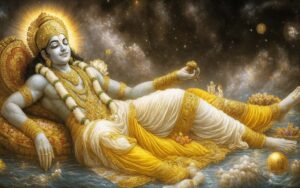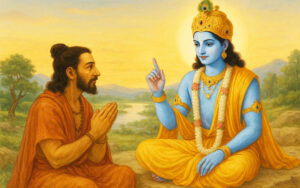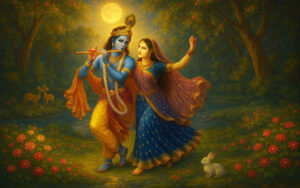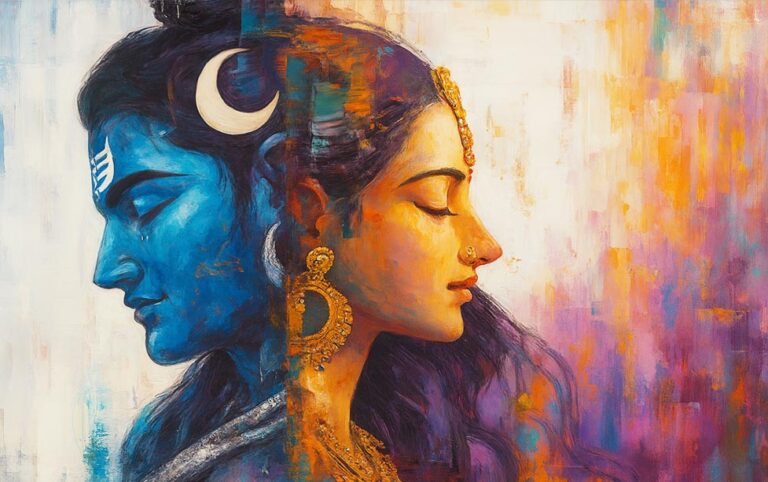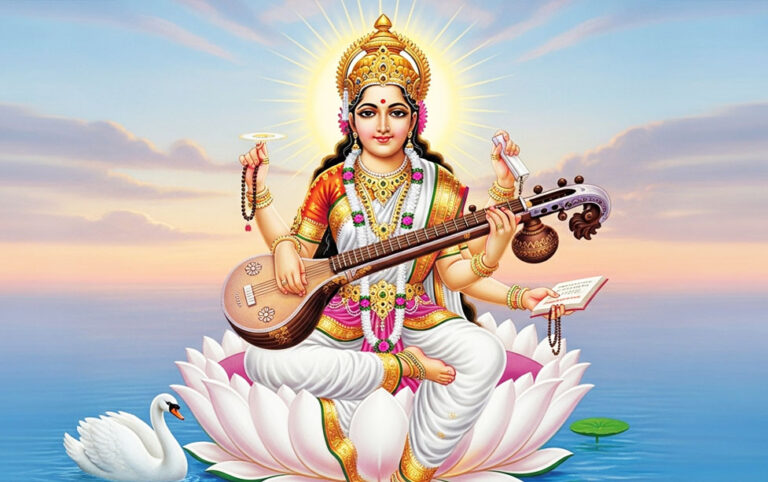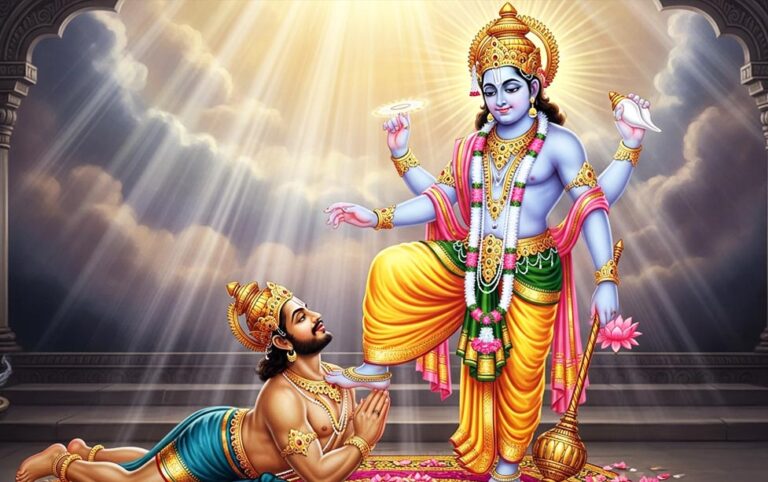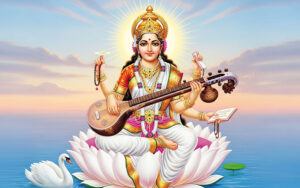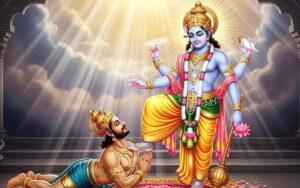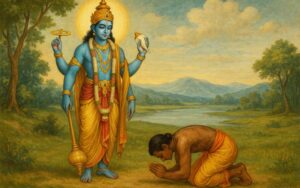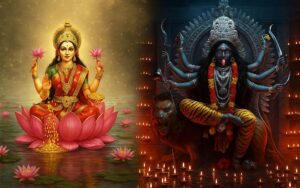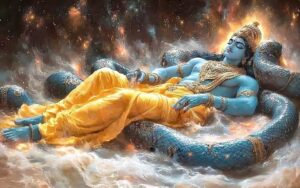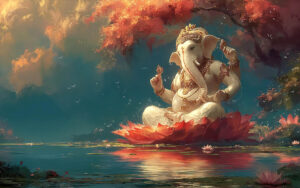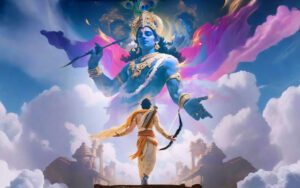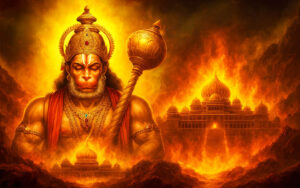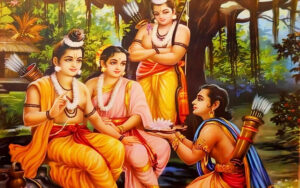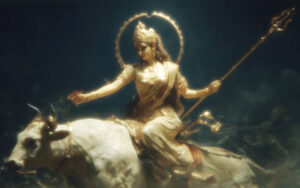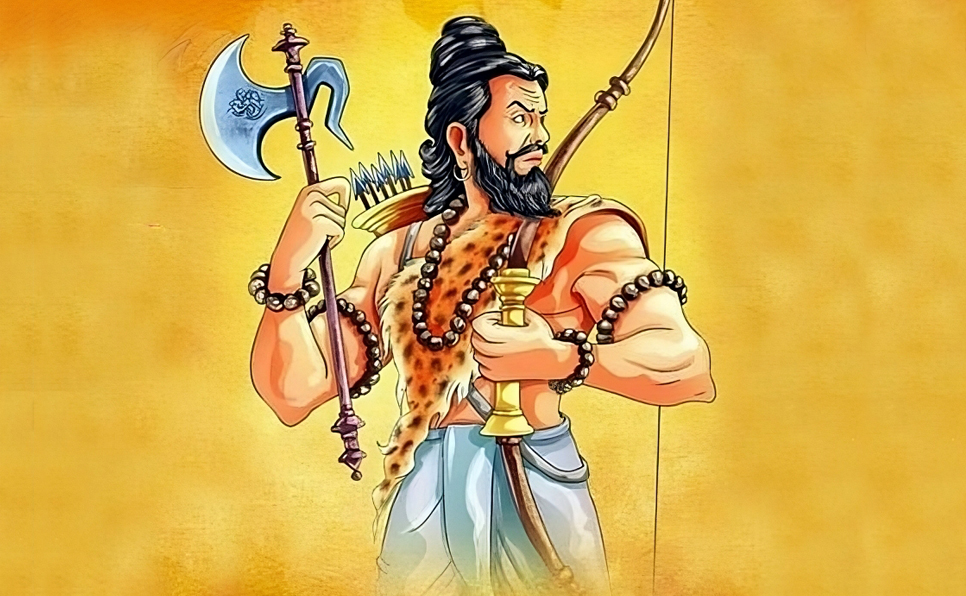

The story revolves around the divine weapon known as Parashu, an axe, and its association with Parashurama, the sixth incarnation of Lord Vishnu.

Characters in the story:
Lord Shiva: Lord Shiva is a major deity in Hinduism, known as the destroyer of evil and the transformer of the universe. He is often depicted as a meditating ascetic or as the lord of dance, with a third eye, a serpent around his neck, and a trident in his hand.
![]()
Parashurama: Parashurama is an iconic figure in Hindu scriptures, known as the sixth incarnation of Lord Vishnu, wielding an axe and revered as the warrior sage who eradicated evil from the Earth.
![]()
Sati: Sati, a revered figure in Hindu scriptures, is known as the virtuous wife who self-immolated to demonstrate her unwavering devotion to her husband, Lord Shiva. Her act is considered an embodiment of sacrifice and marital loyalty.
According to the legend, Parashurama received the axe from Lord Shiva as a gift. This event is said to have taken place after the Daksha Yaga, a significant incident in Hindu legends.
The Daksha Yaga was a grand ceremony organized by Daksha, the father of Sati and the father-in-law of Lord Shiva. However, Daksha did not invite Lord Shiva and Sati felt deeply hurt by this exclusion. In protest against her father’s disrespect towards her husband, Sati immolated herself. Enraged by Sati’s death, Lord Shiva unleashed his trident, known as Trishul, which caused destruction and chaos during the Daksha Yaga.
To prevent further calamity, Nara Narayana, an incarnation of Lord Vishnu, intervened and redirected the trident towards Lord Shiva. In response, Shiva, consumed by anger, approached Nara Narayana with the trident. Nara, who was engaged in meditation nearby, swiftly shot an arrow towards Shiva. Miraculously, the arrow transformed into an axe. Impressed by Nara’s act, Shiva accepted the axe as his weapon, which became known as Parashu.
Years later, Parashurama, a devoted disciple of Shiva, embarked on a journey of austerity to seek his blessings. Through his extreme devotion, unwavering meditation, and virtuous conduct, Parashurama pleased Shiva, who presented him with divine weapons. Among them, the most significant was the formidable and invincible Parashu axe.
Another tale suggests that Shiva once challenged Parashurama to a battle to test his warfare skills. In this fierce duel between the spiritual master and his disciple, the combat lasted for twenty-one days. Parashurama, while evading Shiva’s trident, attacked him vigorously with the Parashu axe. His strike landed on Shiva’s forehead, leaving a wound.
Rather than being angered by the wound, Shiva was immensely pleased with Parashurama’s exceptional martial abilities. He embraced Parashurama affectionately and decided to preserve the wound as an ornament. This act was intended to immortalize Parashurama’s reputation and make it insurmountable.
As a result, Shiva acquired the epithet “Khanda Parshu,” meaning “wounded by Parashu,” which became one of his thousand names.
The story of Parashu highlights the divine connection between Parashurama, Lord Shiva, and the creation of the iconic axe. It symbolizes the deep bond between a devoted disciple and a spiritual master, as well as the recognition of exceptional skills and qualities. The tale emphasizes the significance of devotion, meditation, and the blessings bestowed upon those who strive for spiritual growth and mastery.


